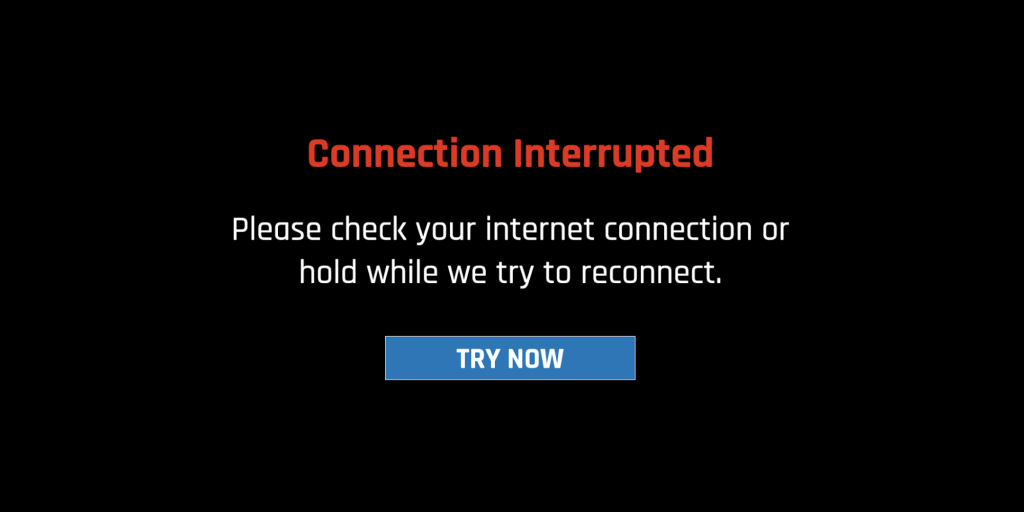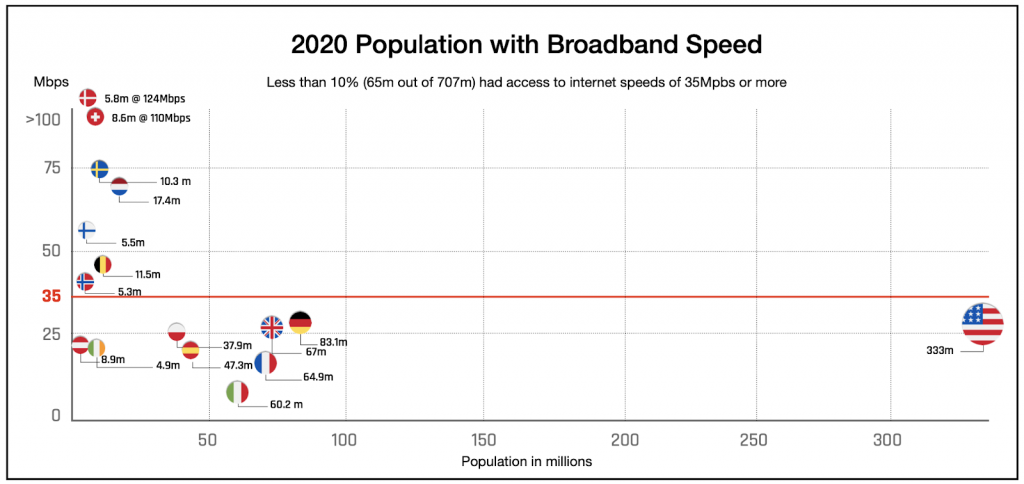Play Without Limitations: Cloud Gaming Will Not Take Off Without Local Play

Cloud gaming is new technology struggling to distinguish itself.
To differentiate themselves, cloud gaming services can offer 4K resolution, but delivering modern games at the best resolution is challenging. Streaming a game at 4K requires 3 times the bandwidth of HD resolutions and a stable internet connection of 35 Mbps or more. In 2020 only 10% of homes in the US and Europe met the minimum bandwidth requirement. Gamers need to show up with plenty of bandwidth and a fast, low latency network to play games on a cloud gaming service like Google’s Stadia or Amazon’s Luna. These requirements automatically create challenges for any cloud gaming service to grow at scale.
But even if a gamer has the minimum bandwidth required, there are more obstacles to a great gaming experience: Video quality, latency, and bandwidth. All three are locked in an unbreakable relationship. The delay between game action, like pressing a button, and a change of what you see (after the long round trip up to the cloud game server and back again) is significantly higher than local play. Further, these streams are not the highest quality, they have visual artifacts you don’t see in local play, they lack the same level of visual detail, but they are today’s benchmark for the required sustained bandwidth.
Video Quality
There is no easy way to reduce the bandwidth required to deliver a real time, high-quality game stream. Video encoding standards evolve slowly and require client devices to offer hardware based decoders. Today the H.264 codec is the most widely supported standard. Google’s own VP9 codec offers better quality at lower bandwidth at the expense of higher latency as it requires more computation for encode and decode. There is no free lunch!
Latency
While it is possible to deliver higher quality video with lower bandwidth, encoding requires a lot of processing time, which increases the delay between a scene being rendered and it being encoded, one of the largest contributors to latency. So as quality improves, latency increases and gamers experience lag. Today, latency of Google Stadia is about 2 times higher than local play according to our observations and online evaluations of cloud gaming latency. Unlike cloud gaming, as gamers upgrade their PC hardware, they can actually reduce game latency, making games even more responsive and improving frame rates for local play.
Networks
The available bandwidth in 2020 by country in the US and Europe shows that even in developed markets 4K cloud gaming is out of reach. According to Google: “To play in 4K resolution, you’ll need an active Stadia Pro subscription and a network speed of 35 Mbps or greater.”

US and European Nations Internet Performance by Country
According to the Annual Report: Europe vs US Broadband Performance 2020 by FairInternetReport, less than 10% of the combined population of the US and Europe have an average bandwidth above the minimum of 35Mbps. This is not stable bandwidth, it is average bandwidth, so the number of homes that can sustain the minimum requirement is significantly lower. And that bandwidth is expensive too, with cloud gaming pushing on user bandwidth caps and service costs.
Adding a Local Play Option Can Help Emerging Cloud Gaming Services Lift-off
ROCKITPLAY FastStart technology overcomes these imperfections in video quality, latency and bandwidth by maintaining local play and delivering uncompromised, high resolution gaming experience. The network requirements of cloud gaming aren’t going away. Combining emerging cloud gaming services with ROCKITPLAY FastStart can help emerging games as a service get traction.